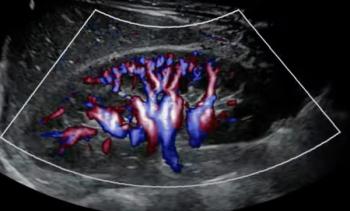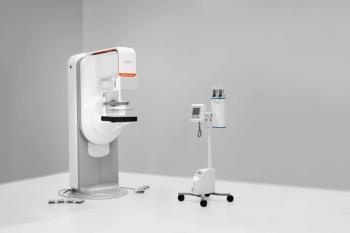
CAD adds clarity to pulmonary embolism diagnosis
One examination that frequently gives rise to internal discussions in our department is CT of the chest to detect pulmonary emboli. Apart from the fact that patients who needed a ventilation/perfusion scan had to be transported to another hospital site,
One examination that frequently gives rise to internal discussions in our department is CT of the chest to detect pulmonary emboli. Apart from the fact that patients who needed a ventilation/perfusion scan had to be transported to another hospital site, we were able to build enough scientific support to introduce CT as an efficient technique for making this diagnosis.
Unfortunately, now that the technique is well accepted by the clinicians, we are still confronted with discordant interpretations by different radiologists, especially in the detection of smaller (subsegmental) emboli.
One explanation is the handicap of still having a single-slice CT, which makes identifying smaller emboli more difficult for various reasons. But the interpreting radiologist also needs to know the anatomy of the pulmonary arteries perfectly.
Upgrading our CT is one possible solution, but that doesn't completely resolve the issue of the radiologist's skills.
At the MATRIX exhibition at the ECR, I learned that an excellent solution might be on the brink: computer-aided detection of pulmonary emboli. MATRIX is an exhibition of several research projects making use of computer technologies for the analysis of medical images. Two projects, one from Philips and another from R2, focus on this topic, and the first results seem to be very promising.
In both research projects, postcontrast multidetector CT images of the chest are used. The software developed by both companies automatically highlights the thrombi in the arterial branches, and simultaneously creates a 3D image of the area involved, making use of a volume rendering technique.
This feature helps the interpreter to anatomically identify the area involved. Of course, the images must be checked by the radiologist because in some rare cases emboli might be confused with pulmonary veins or lymph nodes.
At this moment there are only some preliminary studies supporting the use of CAD to increase the radiologist's performance in detecting PE, but it is clear from these demonstrations that this type of software is likely to become a standard tool in our diagnostic workstations.
Newsletter
Stay at the forefront of radiology with the Diagnostic Imaging newsletter, delivering the latest news, clinical insights, and imaging advancements for today’s radiologists.




























